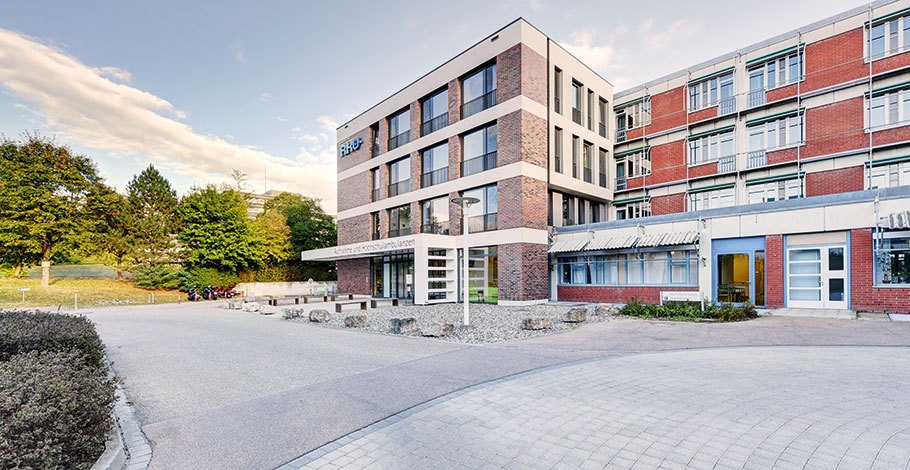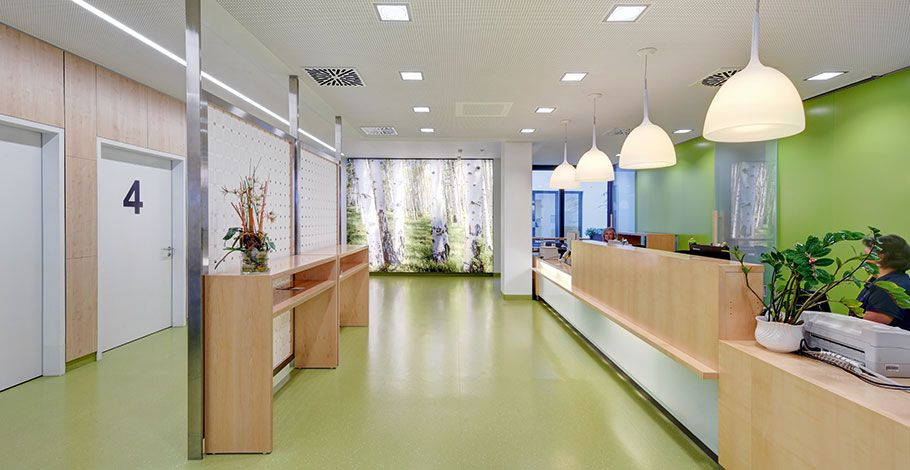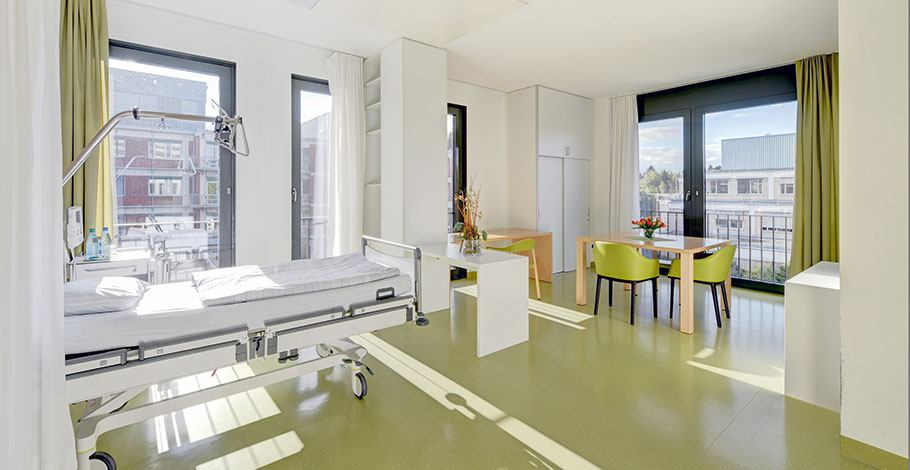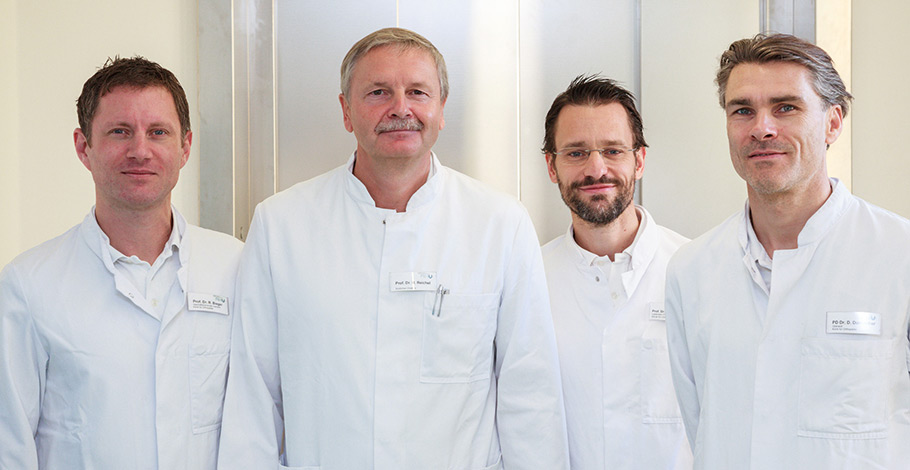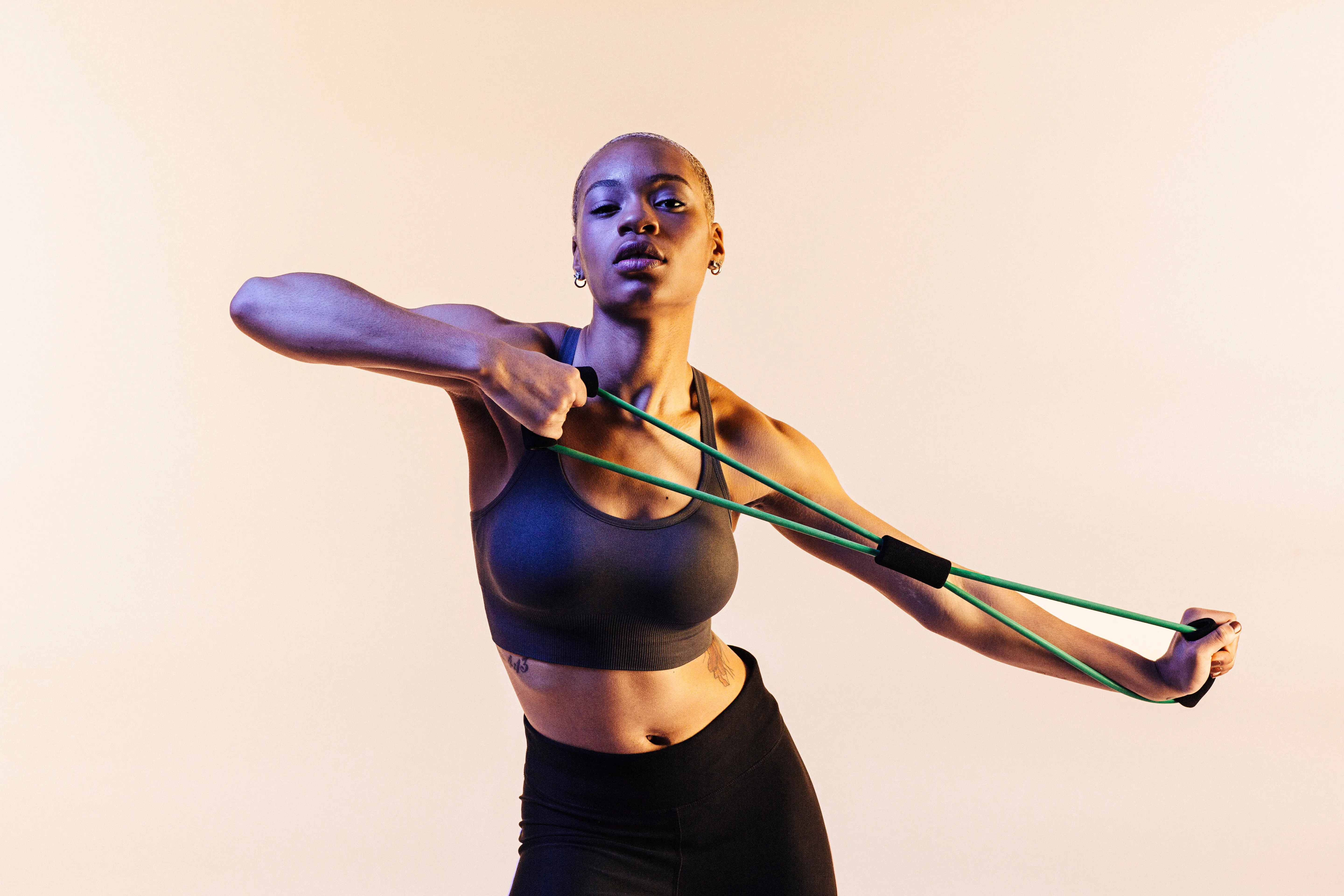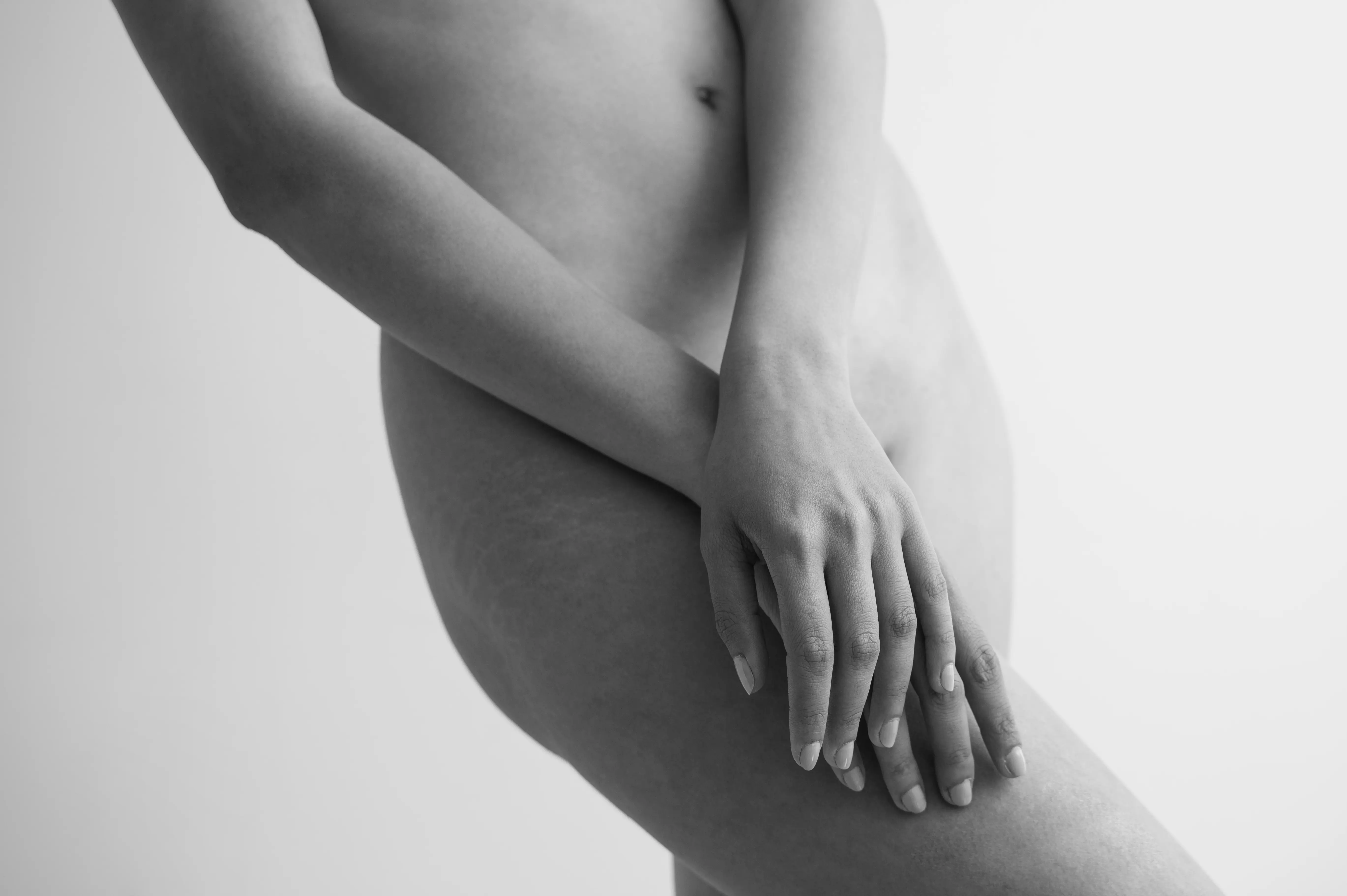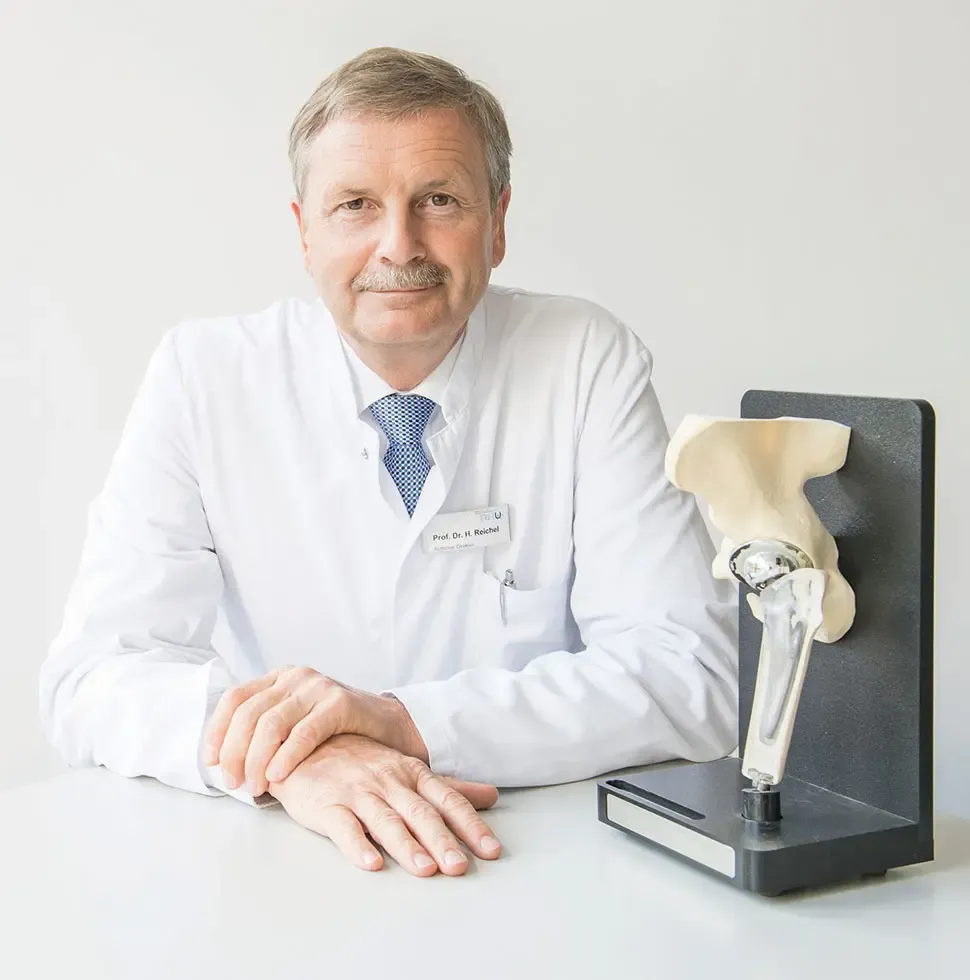
- Ulm
- Innovative Orthopedics & Sports Orthopedics
Prof. Dr. med. Heiko Reichel
Orthopädische Universitätsklinik Ulm am RKU
Services
The specialists for all joints
Not only for his patients, but also personally, Prof. Heiko Reichel appreciates healthy joints. As a mountaineer, the director of the Orthopedic University Clinic Ulm is drawn to the Swiss Alps every year. "48 four-thousanders in a small space, I have already conquered 42 of them," says the 64-year-old. "There should preferably be no creaking." Born in Saxony, he was a competitive athlete in the past, competing in the decathlon at a high level. His athletic past led him to orthopedics as a medical student: "Because I was occasionally injured, I was interested in how to successfully treat these injuries."
The doctor's own sports injuries are a thing of the past. Today, 4,000 patients come to his clinic every year for inpatient treatment. Reichel and his endoprosthetics team implant over 1,300 in hip, knee and shoulder . Almost half of these are artificial knees - more than in other clinics, where they often only make up a third. "Over the years, we have developed a special expertise in the entire knee surgery set up," Reichel confirms. To achieve this, he and his team push themselves every day: The goal is maximum precision – which is why they now also implant partial and surface knee prostheses using robotic assistance.
"The special feature of the RKU: operation and rehabilitation under one roof."
Prof. Dr. med. Heiko Reichel
Besides knee endoprosthetics, the Ulm orthopedists have also made a name for themselves in the use of new hips: they operate in a way that is as bone and soft tissue-preserving as possible; the top principle is the perfect restoration of hip function. Patients with hip dysplasia are also in the right place in Ulm. In these mostly younger patients, it should always be decided first whether to proceed with joint preservation or endoprosthetics. As in Saxony, congenital hip dysplasia is more common in Baden-Württemberg. "We treat more of these patients than most hospitals in the country." Joint preservation, particularly in the shoulder, hip, and knee, is a central theme in Ulm. Whenever possible, the preservation of one's own joints is sought – after all, Prof. Thomas Kappe and Prof. Daniel Dornacher, two renowned specialists in this genre, work at the clinic.
Under Reichel's leadership, the Orthopedic University Clinic was expanded with a new building in 2010. On the second floor of the modern extension is the private ward with 20 beds for the discerning patient. With the new building, the operating area was expanded. Reichel and his team now operate four state-of-the-art operating rooms on the fourth floor of the clinic. Here, the specialists implant modern and proven implants in their patients, which can function in the body for 20 years or more.
In the Institute for Trauma Research and Biomechanics, located just a few hundred meters away, Ulm's orthopedists, together with the institute's scientists, also test new implants. "As a result, we know very well which implants work well and which do not," says the chief physician.
Post-treatment with as early mobilization as possible
For Reichel, the development potential of implants lies more in the details than in completely new products. In the in-house research department, the orthopedists are searching for pioneering coatings, for example. Does a titanium endoprosthesis grow in faster if its surface is coated with growth factors? Special coatings with antibiotics prevent pathogens that cause joint infections from settling on the surface.
In good clinics, including in Ulm, the infection rate is well below one percent. "That doesn't sound like much, but for the one patient out of a hundred, it's a disaster," says Reichel. "It would be a quantum leap in orthopedics if we could get this problem under control."
Until then, the Ulm orthopedists rely on another indispensable piece of the puzzle for the best possible outcome – post-treatment with as early mobilization as possible ("Enhanced recovery"). If desired, this can be completed in Ulm under one roof. In the clinic's own rehabilitation center, and since 2019, even in the newly built patient hotel "Recover" with the highest hotel and post-treatment standards. The therapy center offers all the possibilities and refinements on 2500 square meters to get back on their feet with the support of therapists, masseurs, and sports teachers.
"Joint replacement surgery is at an extremely high level today; nonetheless, we work daily on further improvements."
Prof. Dr. med. Heiko Reichel
"It is our task to make the right decision with the patient – sensible for their age, suitable for their level of activity, existing damages, and their life planning," says Reichel. The solutions are different: There are patients to whom the orthopedists advise conservative therapy or a joint-preserving intervention for joint problems. However, if the wear and tear on the joints is advanced, Reichel and his team implant a new artificial joint in their patients with the utmost precision. With good health and on good paths, you can even cross the Alps with this.
